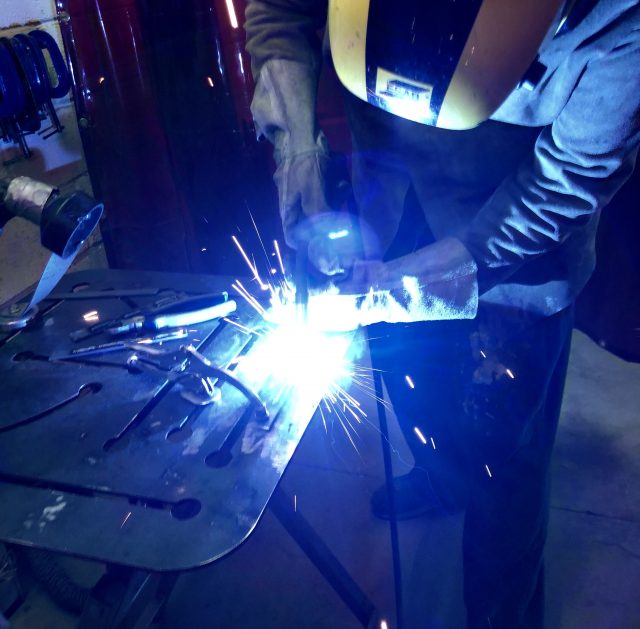I have just completed three weeks in London at a Summer Studio at The Bartlett School of Architecture. Although not officially part of this research project, it has served as a sort of extended ‘warm up’ and ‘skill up’ for the work to come. Some of the methods, ideas, and points of investigation that I have taken away and that will certainly inform this project include:
- Through simply having spent more time in the studio, I’ve come to a better understanding of the design process – one major point being understanding a distinction between the design process (involving research, testing, sketching) and the making (fabrication) of something. The two are in constant dialogue (and, in a way, making is part of the design process), but they are also quite different. I’ve tweaked my timeline a bit to allow for a more fluid shifting back and forth between designing and making rather than the more linear process I had initially try to set in place.
- I started working with some wood bending techniques and gained some basic metalworking and welding skills which I would like to integrate. I was also introduced to the work of Amy Begg, a graduate of the Bartlett, who has created beautiful models with wood — cut, bent and sewn together as if it were cloth. This project, and many more at the Summer Show and around the school have given me new considerations about material properties and the ability to manipulate them in unconventional ways.
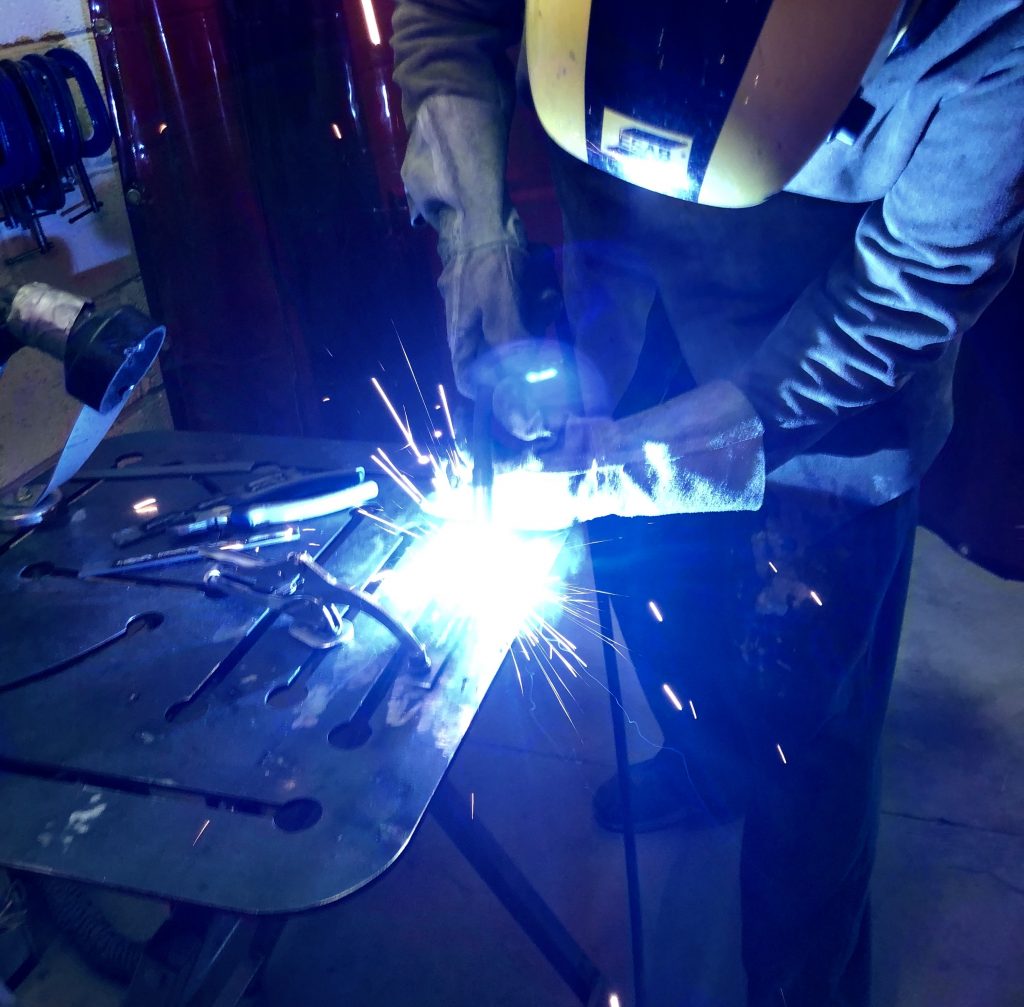
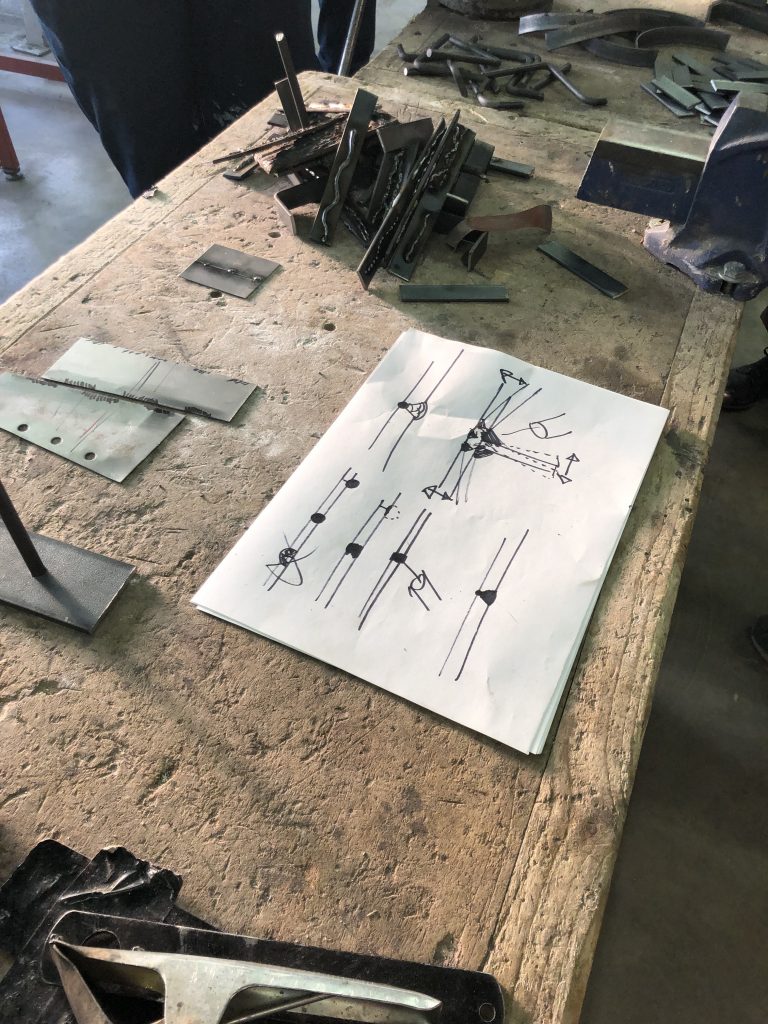
- I am now of the opinion that chance plays a larger role in the design process than I previously used to think. Even though a place like a studio might seem like a controlled environment, at all stages of the design project, anything — even the shape of an off-cut of paper or a particular scrap material lying nearby can completely influence the direction of a project.
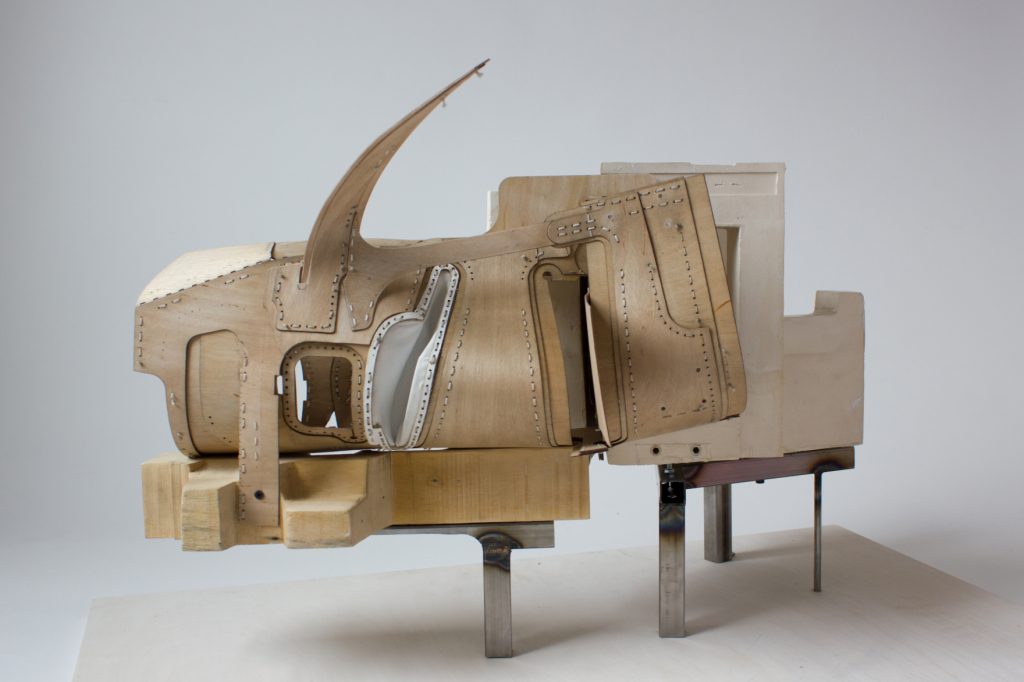
After hearing about my research project, one of my tutors also suggested that I take a look at Ammassalik wooden maps, which are ‘tactile maps’ of Greenland’s coastlines carved out of wood.
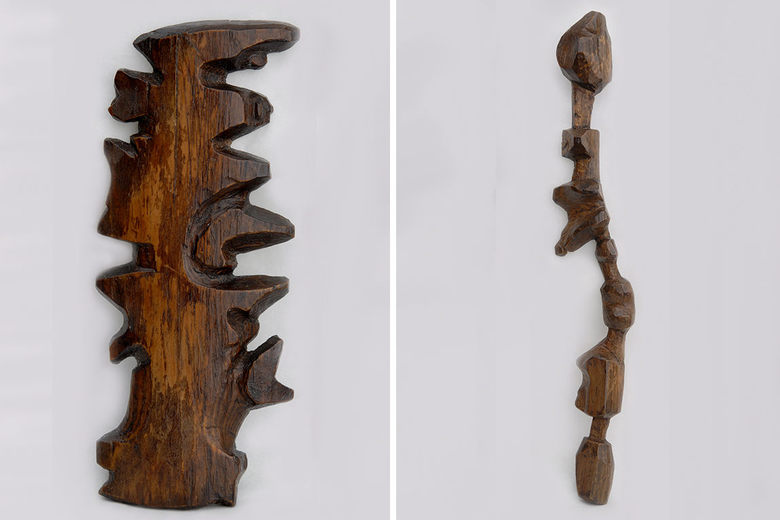
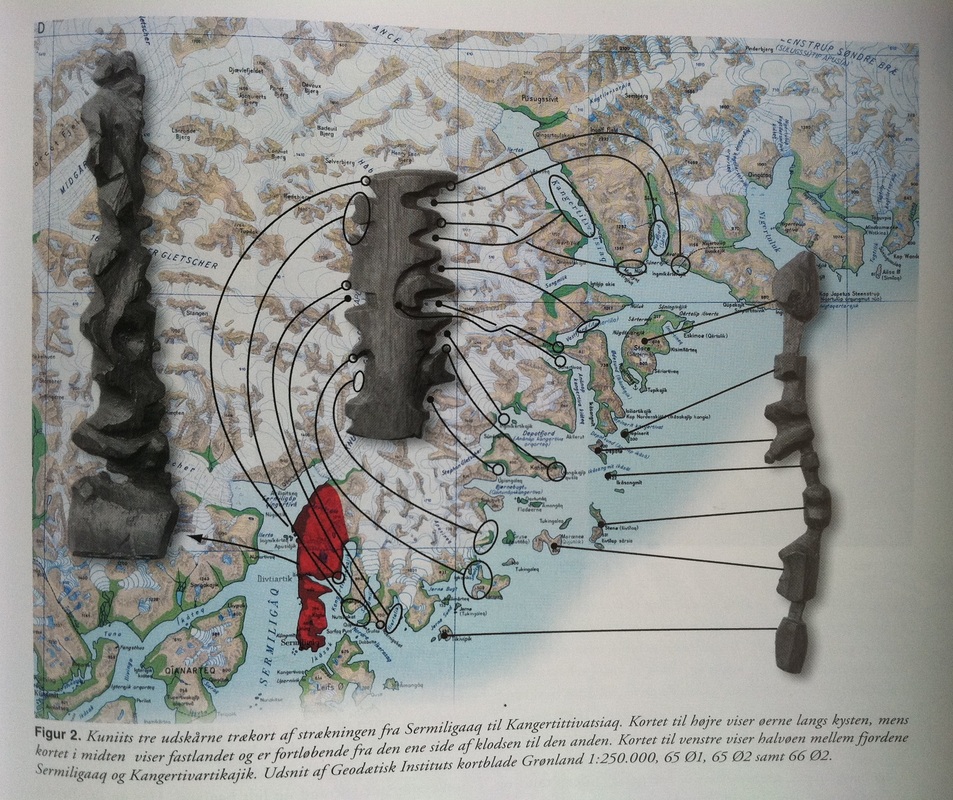
After further investigation, this suggestion helped to give me a clearer idea of how I want to begin working on my project:
- I will be working on the scale of the object – in doing this I am interested in investigating an object’s relationship to two other scales smaller and larger than it – the space that contains it and the body that holds or interacts with it.
- I’m interested in investigating embedding scores into objects with existing ‘utilitarian uses’ (e.g. a chair, a bed, a bag, a phone case, a pencil).
- Can the object also track the way that the score has been carried out? Multiple times?
- Does this object then generate another score, or can it possibly also ‘spit out’ another object containing another score?
- (In some ways, it was also chance that one of my tutors asked me what I was doing for the rest of the summer, and suggested that I look at those – so chance plays a part in the design process yet again…)
I’m both excited and nervous about starting work in the workshop once I’m back home in Thailand. The studio here has taught me a lot about the significance of place to practice, and how much the surrounding environment can influence choice and chance in the design process. I’m sure a lot will change once I’m back home in Thailand — one place I haven’t spent much time designing in, and look forward to (re)discovering.
